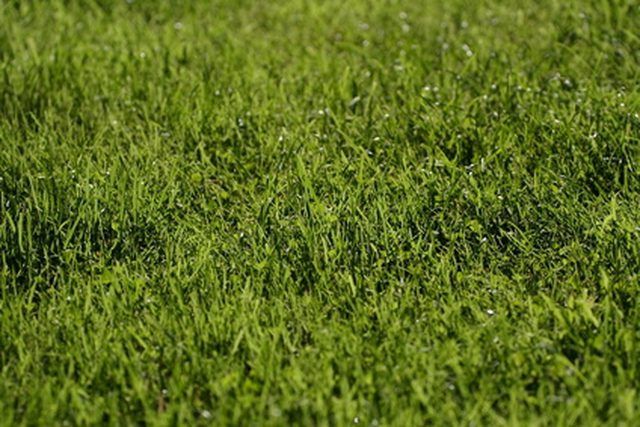Bulbs
Flower Basics
Flower Beds & Specialty Gardens
Flower Garden
Garden Furniture
Garden Gnomes
Garden Seeds
Garden Sheds
Garden Statues
Garden Tools & Supplies
Gardening Basics
Green & Organic
Groundcovers & Vines
Growing Annuals
Growing Basil
Growing Beans
Growing Berries
Growing Blueberries
Growing Cactus
Growing Corn
Growing Cotton
Growing Edibles
Growing Flowers
Growing Garlic
Growing Grapes
Growing Grass
Growing Herbs
Growing Jasmine
Growing Mint
Growing Mushrooms
Orchids
Growing Peanuts
Growing Perennials
Growing Plants
Growing Rosemary
Growing Roses
Growing Strawberries
Growing Sunflowers
Growing Thyme
Growing Tomatoes
Growing Tulips
Growing Vegetables
Herb Basics
Herb Garden
Indoor Growing
Landscaping Basics
Landscaping Patios
Landscaping Plants
Landscaping Shrubs
Landscaping Trees
Landscaping Walks & Pathways
Lawn Basics
Lawn Maintenance
Lawn Mowers
Lawn Ornaments
Lawn Planting
Lawn Tools
Outdoor Growing
Overall Landscape Planning
Pests, Weeds & Problems
Plant Basics
Rock Garden
Rose Garden
Shrubs
Soil
Specialty Gardens
Trees
Vegetable Garden
Yard Maintenance
History of Riding Lawn Mowers
History of Riding Lawn Mowers. Caring for lawns is a very old obsession. The word "lawn," according to Organic Lawncare 101, came from the Middle English word "laundes," which means a clearing in a wood or glade. As these glades expanded into wider and wider stretches until they only resembled glades, thanks to human intervention, the name laundes...

Caring for lawns is a very old obsession. The word "lawn," according to Organic Lawncare 101, came from the Middle English word "laundes," which means a clearing in a wood or glade. As these glades expanded into wider and wider stretches until they only resembled glades, thanks to human intervention, the name laundes still clung. These lawns existed first around castles and fortifications in France and England, and they had a practical purpose: they allowed the castles guards see the approaching armies of enemies. Lawns were also common areas where villages grazed their cattle and sheep, and thanks to these animals the grass was kept short. It was not until the 16th century that lawns were actually cultivated for themselves and in the 17th century that lawns were actively cut, first with sheep, then with scythes. And then, in 1827, the lawnmower was invented, and the lawn was never the same again.
The First Mechanical Lawnmower
While it can be argued that the first mobile lawnmowers were sheep and cattle, the first mechanical lawnmower was invented in 1827 by Edwin Beard Budding. In his patent, he described his machine as "the a new combination and application of machinery for the purpose of cropping or shearing the vegetable surfaces of lawns, grass-plants and pleasure grounds." Budding teamed with a man named John Ferrabee and they built a machine in 1830 that looked very similar to the manual push mowers of today, with a blades attached to a cylinder and a push handle. One of the first of their machines was used to cut the lawn in Zoological Gardens in Regent's Park. They made over 5,000 mowers of more than one size until 1863 when their factory closed.
Chain Driven
The next mower was one that was chain driven and invented by Thomas Green. He invented this mower in 1859; he called it the Silens Messor.
Lighter...
The second manifestation of the lawn mower was invented by Elwood McGuire in 1870. The mower he created was lighter than Edwin Budding invented, and thus easier to use. This mower was popular; this model, according to American Lawns, sold 50,000 mowers each year by 1885.
Steam and Petrol
In 1893, James Sumner invented a mower that was powered by steam and used paraffin and petrol for fuel. Stott Fertilizer and Insecticide bought Sumner's machines, but Sumner took back control of the mowers' sales, and called the company Leyland Steam Motor Company.
The First Riding Mower
JP Engineering of Leicester, as well as Ransomes' Automaton, created chain-driven mowers of their own that were quite popular in 1900 as well as after the conclusion of World War I. As these machines could be towed behind horses and the ones who operated the machines could ride on the machines, these could be considered the first of the riding lawnmowers.
Gasoline
In 1919, Colonel Edwin George invented a mower that was powered by gasoline. Unfortunately for Colonel George's invention, two things slowed the spread of its popularity: the Depression and World War II. After the War, the popularity of his mower increased, especially when the GIs began mowing their own lawns.
Rotary Mower
Rotary mowers appeared 1930s, with versions invented by Power Specialties Ltd and C C Stacy. C C Stacy's version was a round blade that was mounted horizontally on a shaft that's vertical. These mowers made it possible to create the riding mower that was propelled by a combustion engine.